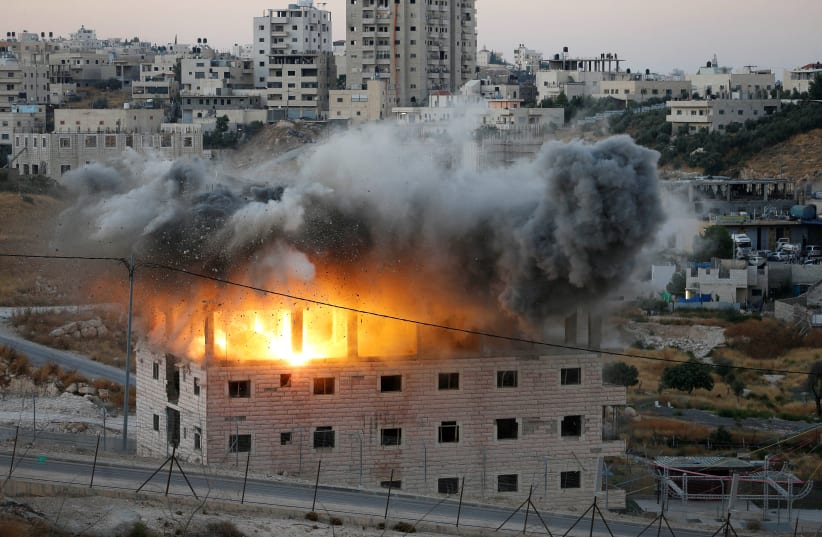Will the Wadi Hummus demolitions help Netanyahu in the polls? - analysis
Politicians including Netanyahu and former defense minister Avigdor Liberman have sworn to remove them, but failed despite a High Court of Justice ruling that the homes could be removed.
